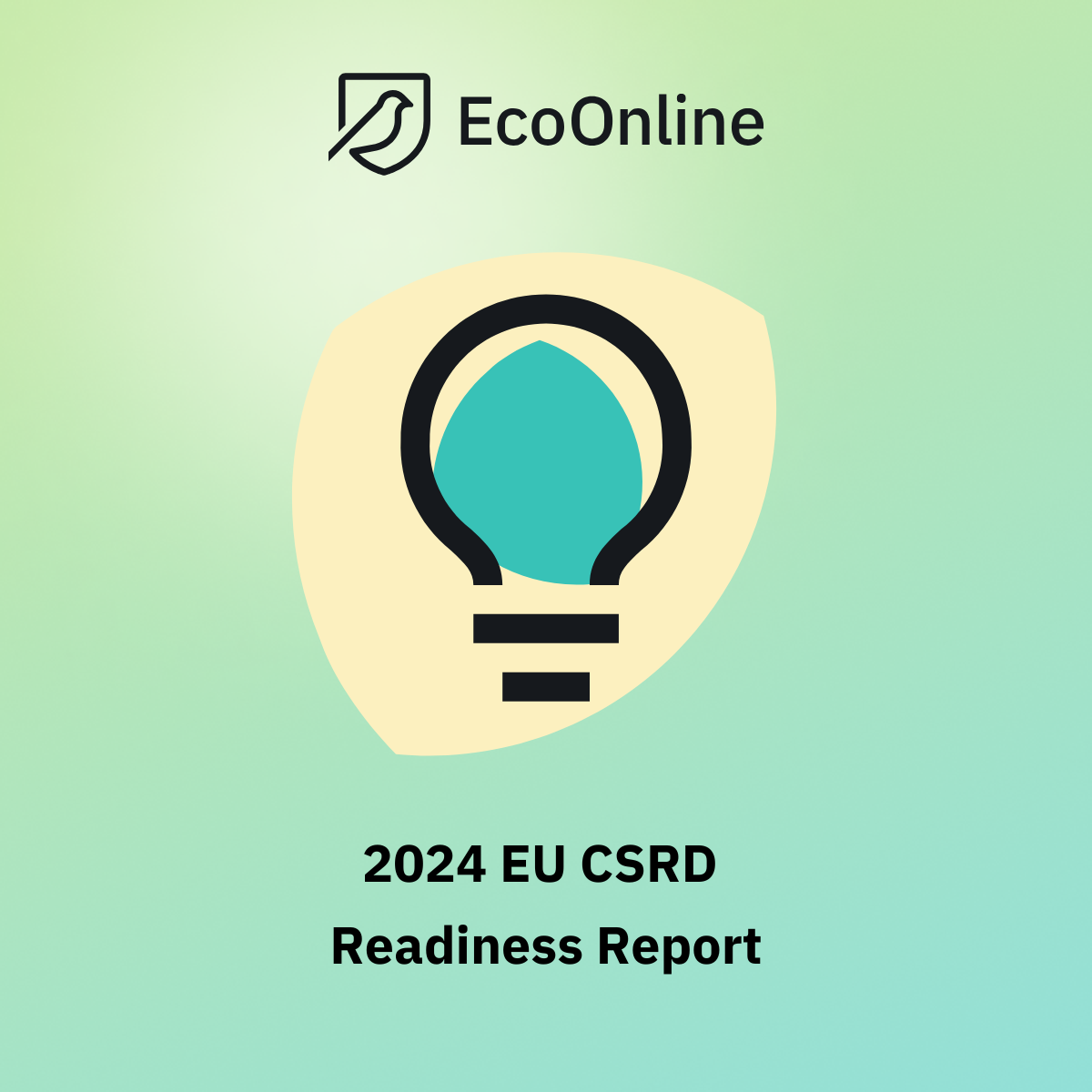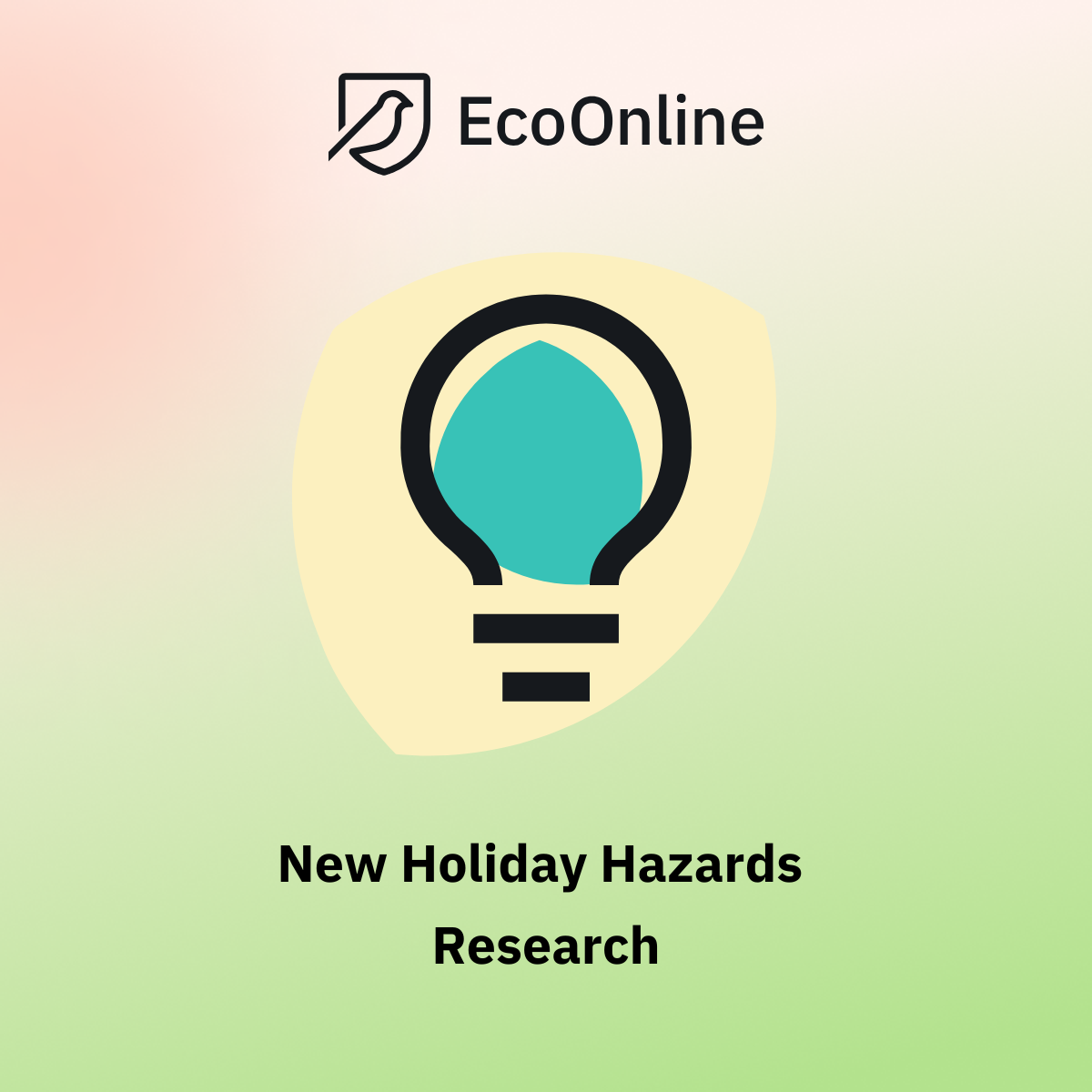What you need to know about the SBTi Net-Zero Standard

The Corporate Net-Zero Standard was released in October 2021. It aims to define how companies with 500 employees or more can set targets to
align with global carbon budgets by 2050.The guidance was published by the Science-Based Targets initiative (SBTi), a collaboration between the Carbon Disclosure
Project (CDP), World Resources Institute (WRI), World Wildlife Fund (WWF), and UN Global Compact.To understand the purpose of the net zero standard and how it impacts your organisation, let’s explore its history.

CHAPTER 1
What is the purpose of the net zero standard?
The SBTi net zero standard framework builds on previous Science-Based Targets (SBTs) for the near-term to develop criteria for long-term objectives. The main aim is to keep companies within the 1.5-degree temperature increase limit set by the Intergovernmental Panel on Climate Change (IPCC).
The first step for companies following the Net-Zero Standard is to develop a near-term target. The near-term period can cover between 5 and 10 years.
A near-term target should reduce absolute emissions from the base year by a minimum rate common to all sectors or reduce emissions intensity according to the relevant guidance, if available for your industry (e.g. the power sector).
This target must include at a minimum 95% of scope 1 and 2 emissions in addition to 67% of scope 3 emissions, if these total 40% from all scopes.
Some sectors have additional requirements, including scope 3, category 11 (use of sold products) targets for the fossil fuel industry, and specific pathways for the Forest, Land-use and Agriculture (FLAG) sector.
Companies have the option to replace scope 2 reduction targets with the objective of 80% renewable energy provision by 2025 and 100% by 2030.
CHAPTER 2
What near-term targets do I need to meet to achieve net-zero?
To achieve corporate net-zero, the following near-term targets must be met. These include:
- New time horizon of 5 to 10 years
- 95% coverage of scope 1 and 2 emissions (no change)
- 67% percent coverage of scope 3 emissions, if scope 3 emissions represent over 40% of the inventory from all scopes (no change)
- An ambition of 1.5 degrees rather than 2 degrees

CHAPTER 3
What long-term targets do I need to meet to achieve net-zero?
Along with near-term targets, net-zero has requirements for companies to establish long-term targets. All long-term targets must:
- Result in a 90% emission reduction of scopes 1, 2, and 3 from the base year by 2050 at the latest, rather than selecting a rate with which to reduce emissions
- Include 95% coverage of scope 1 and 2 emissions, as with near-term targets
- Include a 90% coverage of scope 3 emissions compared to the 67% coverage for near-term targets
CHAPTER 4
What about societal net-zero?
To contribute to societal net-zero, organisations following the standard must also invest in:
- Mitigation beyond the value chain in the near-term. This includes existing carbon sinks such as forests and future removal technologies such as direct air capture
- Neutralising residual emissions once the long-term target has been achieved. Neutralisation is achieved by sequestering atmospheric carbon in stocks, such as geological storage and nature-based solutions. Offsets are not eligible for yearly emissions reductions prior to achieving the net-zero target

CHAPTER 5
Achieving Net-Zero becomes a whole lot easier with expert help
Does your organisation have goals to align with net-zero emissions by 2050? If you’re unsure where to start, EcoOnline has the solutions and experts to make achieving net-zero and science-based targets easier.
Our solutions include quick access to accurate and transparent inventory alongside comprehensive scope 3 reporting capacity with accurate and supporting calculations. Tracking your progress becomes a whole lot easier when you have access to interactive and customisable data visualisations.
Plus, our expert analysts are on hand to help you with the target-setting process with the approach best suited to your sector and company.
Schedule a chat with one of our experts to discover how we can make your sustainability goals become a reality.












